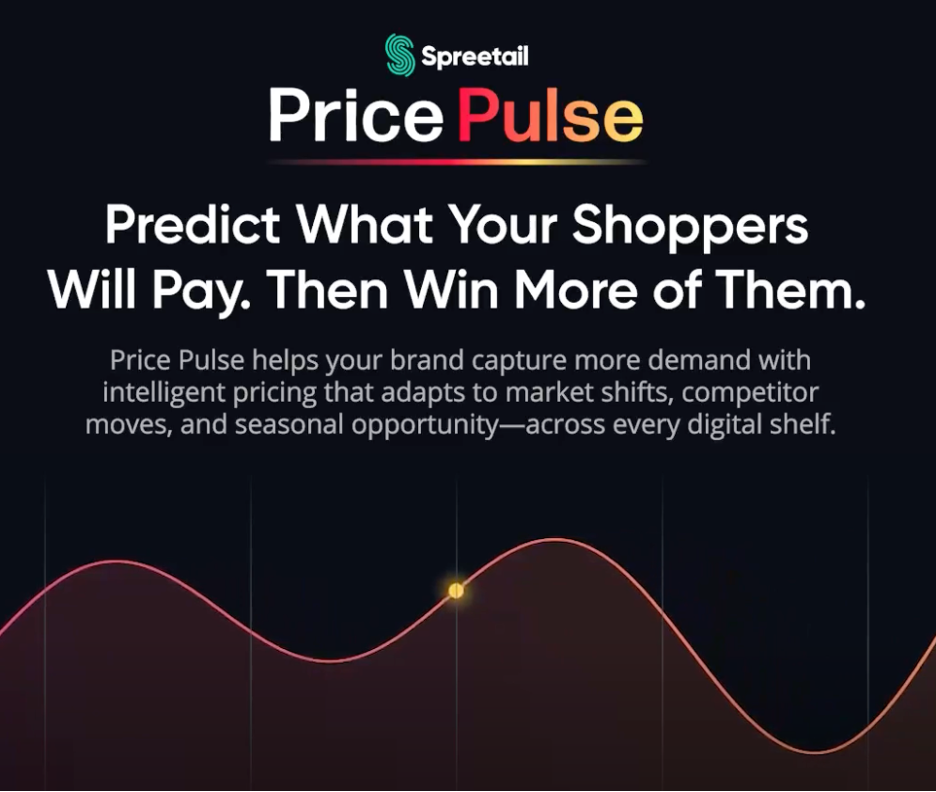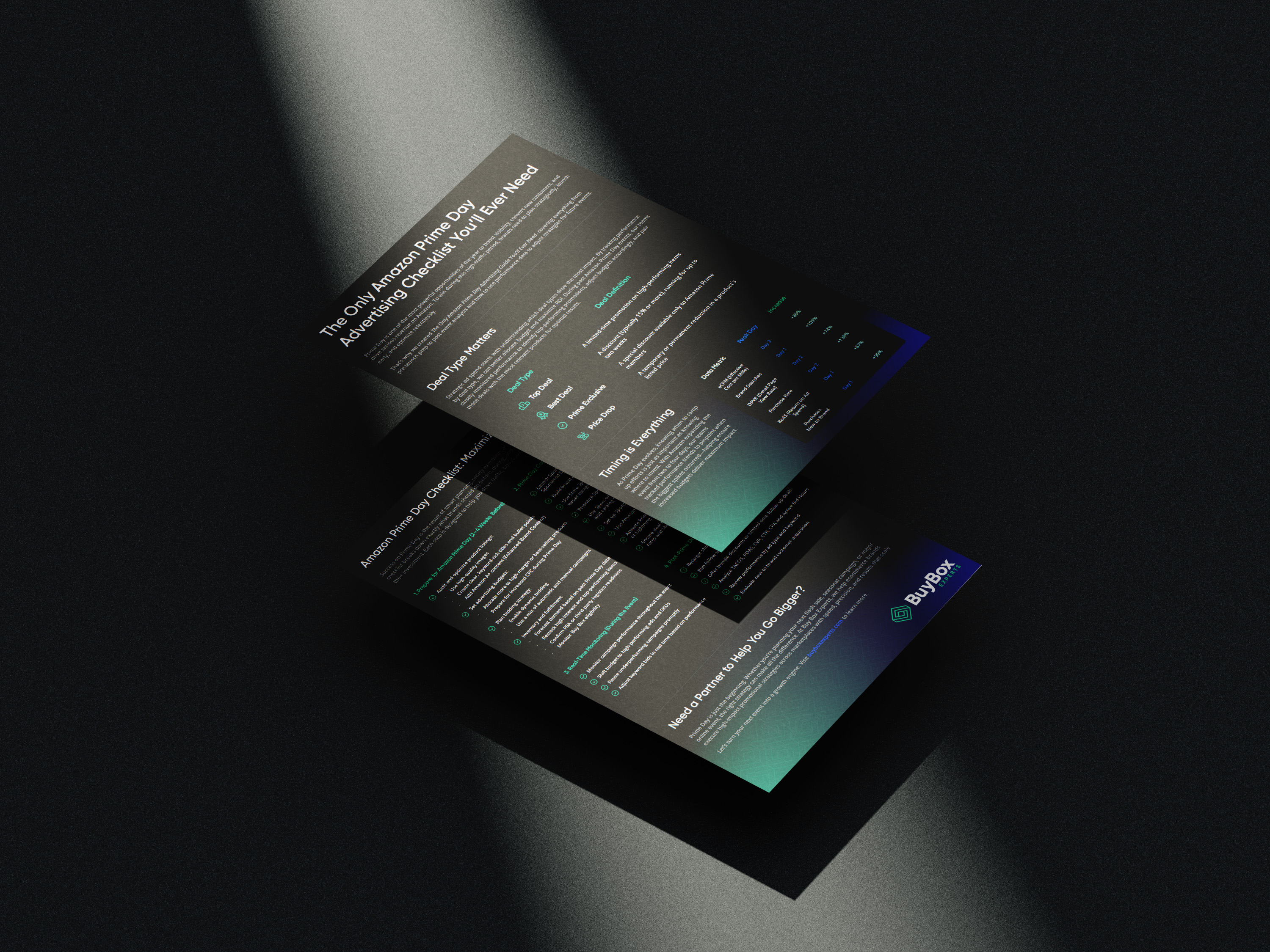August 11, 2025
August 2025 Newsletter: The Blueprint to Amazon Storefront Success
Whether you're starting fresh or optimizing an Amazon Storefront, your approach should be as strategic as building a blueprint. A compelling storefront isn’t just about aesthetics; it’s about ease of use and conversion. Amazon tile modules are your tools in the Storefront builder, enabling you to craft layouts, navigation, and engagement. Use them well, and your Storefront becomes a seamless brand experience that drives results.
Web Design Fundamentals Matter
Your Amazon Storefront works much like a website landing page, so applying core web design principles helps create a familiar, user-friendly experience. Our graphic design experts focus on these key practices when developing content for our brand partners:
- Apply the “above the fold” rule when creating the homepage. Lead with lifestyle imagery or a video at the top of the page to capture attention and set the brand tone right away.
- Make interactive elements obvious. If an image is meant to be clicked, use a CTA or design it to look like a button, unless it’s a hotspot tile or video tile.
- Choose your words carefully. Keep copy concise and let visuals and layout do the heavy lifting, while ensuring navigation and storytelling are clear.
Build a Homepage That Converts
Your homepage is your first impression, and for some brands, the only developed section on their Storefront. Its structure should reflect catalog size and business priorities, balancing engagement with product information to boost browsing time and clicks. Consider the following:
- The size of your product catalogue matters. Smaller catalogs can showcase all key products with the right layout. Larger catalogs should highlight hero products or top categories that lead to deeper tabs.
- Refresh based on seasonality or product launches. Use seasonal imagery to keep things fresh and relevant. Avoid urgent promo language, but do emphasize seasonal relevance and use.
- Test how the Amazon tiles flow on mobile. What looks great on desktop may not work on mobile. Adjust tile modules as needed, and avoid blurry images or videos that disrupt shopping.
Design for the Shopper’s Journey
A Storefront’s navigation should be simple and intuitive. The homepage should highlight top offerings with clear paths for shoppers to explore further. Keep these tips in mind:
- Structure and Prioritize Your Tabs for Seamless Navigation. Use tabs to break out key categories based on catalog size. Smaller brands can lean on homepage content, while larger catalogs should focus tabs on their top five categories. Limit to 5–6 main tabs to avoid triggering dropdowns, and use sub-tabs or homepage links for secondary content.
- Even simple tab pages can be aesthetic and strategic. Start with a banner and 1–2 content tiles to set the tone, followed by a clean product grid. Keep the first 15–20 tiles impactful, and use sub-tabs for well-organized groups only.
- Follow Amazon’s guidelines for best seller and deals tabs. Only use “Best Seller” or “Deal” terms in approved sections. Banners should stay clean with seasonal or promo content tied to relevant products.
Workshop Existing Storefronts
Even if your storefront is live, there’s always room for improvement, especially with evolving best practices and Amazon’s rules. Focus on the following:
- Prioritize mobile experience and flawless functionality. Check how your Storefront performs on mobile, look for layout issues, and ensure every clickable CTA works to prevent drop-offs or shopper frustration.
- Stay Compliant. Each tab must include at least one clickable tile. Steer clear of unsupported claims like “best” or unverified certifications.
- Make the most of Amazon’s dynamic tile options.
- Upgrade your layout with Split Section Tiles, Background Videos, and Shoppable Tiles. Experiment with formats like Live Shopping, Branded Recipe, or Product Selector to tell a richer brand story and guide shoppers.
An effective Storefront blends branding, strategy, and user experience. A thoughtful layout supports higher conversions, especially during major events like Prime Day when new customers are ready to explore. Whether you're launching or refreshing, think like an architect: intentional design builds stronger results.

Introducing: Spreetail’s Price Pulse
BBE’s partner Spreetail continues to roll out innovations that help bridge the conversion gap. With billions in historical sales data, Price Pulse predicts how shoppers will respond—not just today, but across tentpole events, seasonal shifts, and market changes.
That means your brand can plan smarter promos, detect price-based threats earlier, and stay ahead of competitors who are flying blind.

Amazon Prime Day Checklist
Prime Day is a major opportunity—but only if you’re prepared. Our guide helps brands launch high-performing campaigns, allocate ad dollars effectively, and turn Prime Day traffic into long-term momentum. If you're thinking ahead, this is the download for you. Get the guide and check off every strategic box before your next big event.



